VERSAILLES, France
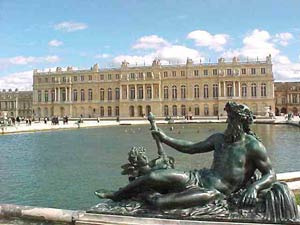 One of the most visited monuments in France, amongst the three most visited, is the Palace of Versailles. Wanting to escape the busy life in Paris, and to keep the nobility under his control, Louis XIV built this chateau in which he set up home and installed the government. Louis Le Vau was commissioned to renovate and extend an old hunting lodge, Le Notre created the gardens from swamp land, and Mansart masterminded the hydraulic display of the fountains. One of the most visited monuments in France, amongst the three most visited, is the Palace of Versailles. Wanting to escape the busy life in Paris, and to keep the nobility under his control, Louis XIV built this chateau in which he set up home and installed the government. Louis Le Vau was commissioned to renovate and extend an old hunting lodge, Le Notre created the gardens from swamp land, and Mansart masterminded the hydraulic display of the fountains.
Beginning in 1664, the construction of the château lasted viltually until Louis XlV's death in 1715. the Palace of Versailles was never meant to be a home; kings were not homely people. Second only to God, and the head of an immensely powerful state, Louis XIV was an institution rather than a private individual. His instability, comings and goings, were minutely regulated and rigidly encased in cere- mony, attendance at which was an honour much sought after by courtiers. Versailles was the headquarters of every arm of the state.
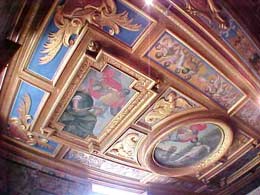 After the death of Louis XlV, the château was abandoned for a few years. Then Louis XV moved in in 1722. It remained the residence of the royal family until the Revolution of 1789, and at this time the furniture was sold and the pictures dispatched to the Louvre. Thereafter it fell into ruin and was nearly demolished by Louis- Philippe.
After the death of Louis XlV, the château was abandoned for a few years. Then Louis XV moved in in 1722. It remained the residence of the royal family until the Revolution of 1789, and at this time the furniture was sold and the pictures dispatched to the Louvre. Thereafter it fell into ruin and was nearly demolished by Louis- Philippe.
And in 1871, during the Paris Commune, it became the seat of the nationalist government, and the French parliament continued to meet in Louis XV's opera building until 1879. The restoration only began between the two world wars.
The many buildings attached to the chateau form a small town. The whole complex is a magnificent monument. The garden facade is 575 metres long with various annexes dotted here and there in a park which is several kilometres in both length and breadth. The park shows the skill of Le Notre in making good use of the natural resources on the site.

|

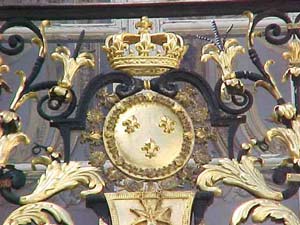
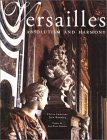
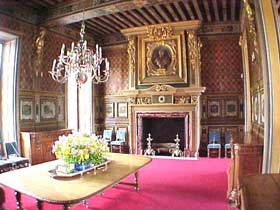
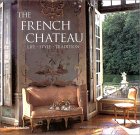
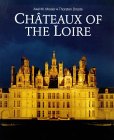
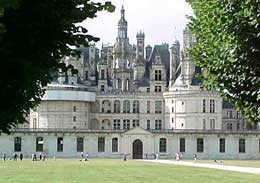
 View movies from the Middle Ages
View movies from the Middle Ages 

